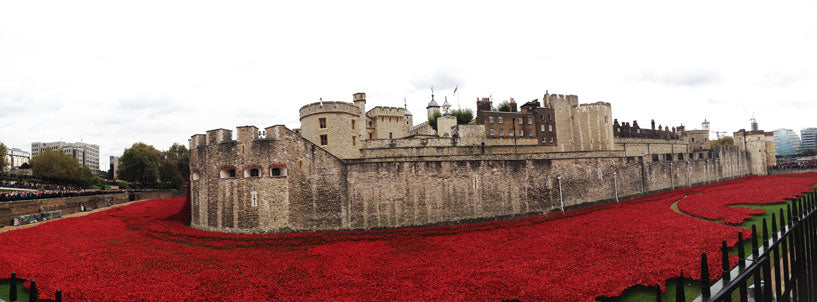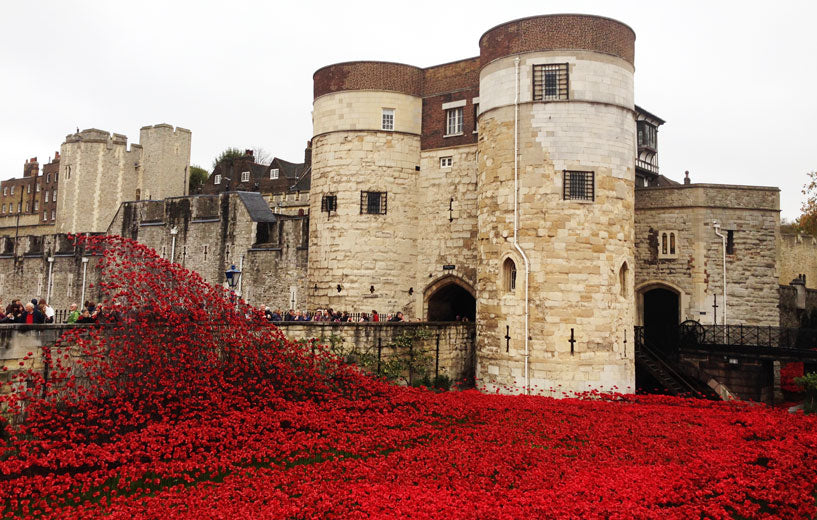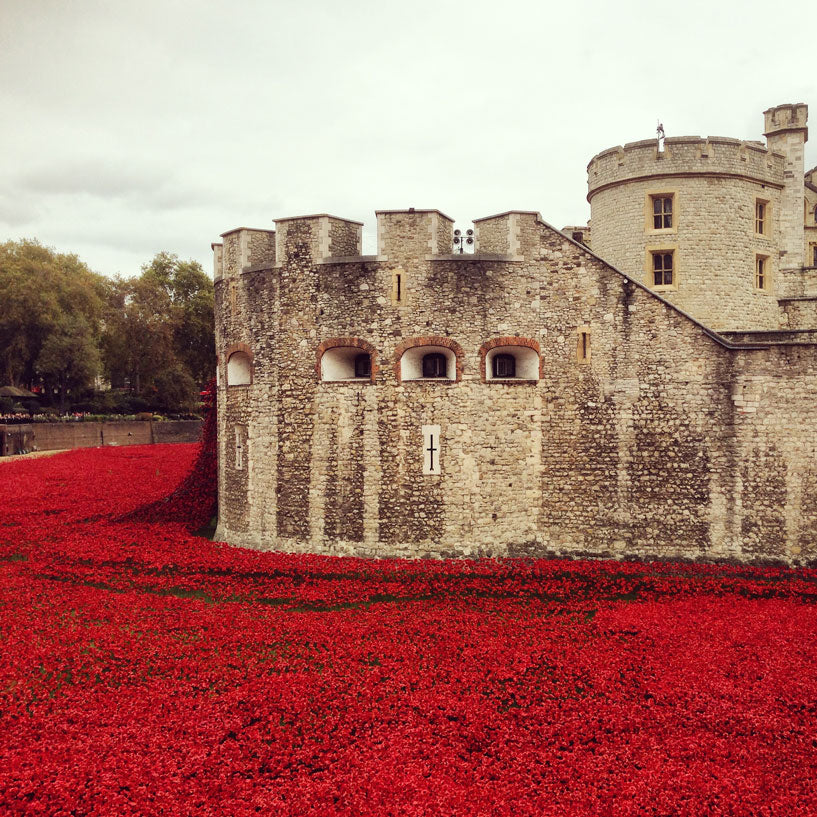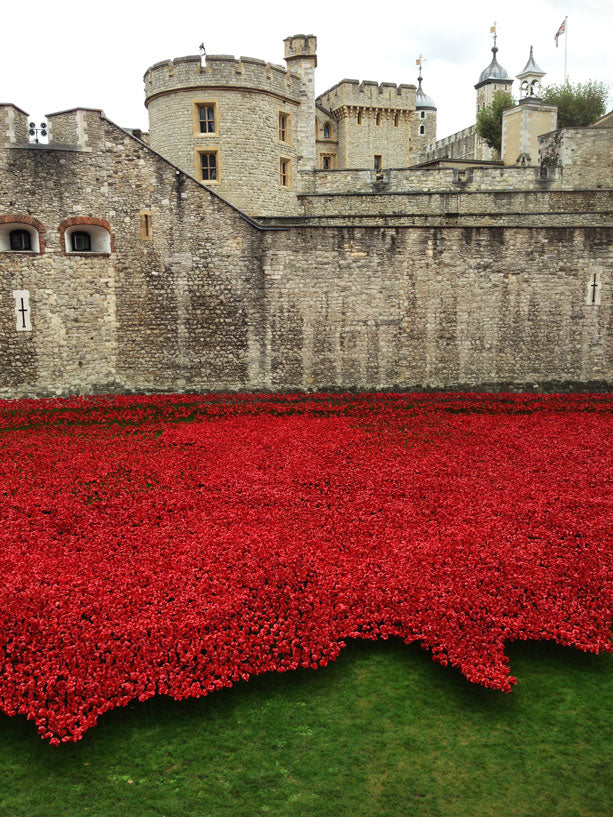
Since 1919, the second Sunday in November has been devoted to those who gave their lives for the peace and freedom we enjoy in Britain today. Remembrance Day, Armistice Day or Poppy Day is used by countries all over Europe to remember the tragedy of the First World War with a series of commemorative events. People across our nation traditionally set aside two minutes of silence at 11am, the exact moment of armistice in 1918, pausing to reflect on the sacrifices made by our brave Service men and women.
London’s most famous tribute to those who have given their lives in war is The National Service of Remembrance at the Cenotaph in Whitehall, a unique expression of national homage. It was originally conceived as a commemoration of the dead of the First World War but it was later expanded, extending remembrance to all who have suffered and died in conflict in the service of their country and all those who mourn them. A wreath is laid by The Queen and the other tributes are placed on the Cenotaph, dedicated to all who have suffered or died in war. Members of the Cabinet, Opposition Party leaders, former Prime Ministers and the Mayor of London are invited to attend the ceremony, along with representatives of the Armed Forces.
The poppy has long been a symbol for the disastrous effects of war, first gaining notoriety from the most arresting verse of John McCrae’s poem written from the trenches in 1915:
In Flanders fields the poppies blow
Between the crosses, row on row,
That mark our place; and in the sky
The larks, still bravely singing, fly
Scarce heard amid the guns below.
In 2014, the poppy-themed tributes have been particularly poignant; artist, Paul Cummins created the ceramic poppy installation at the Tower of London ‘Blood Swept Lands and Seas of Red’ highlighting the chilling numbers of deceased. Over the past few months the poppies have gradually filled the moat surrounding the tower and will be available to purchase after Remembrance Day at £25 with £2.50 from each being shared between six services charities.
With over 880,000 casualties in total, it is sometimes difficult to comprehend extreme suffering from figures but the installation at the tower provides a deeply moving aesthetic accompaniment to the nation’s loss. This is thrown into further relief each evening during the readings of the names of the fallen, followed by a shiver-invoking last post on the bugle.

While it is necessary to recognise the international scale of the tragedy, this was a uniquely British tribute and is no less relevant today than it was a century ago, applying to the victims of World War II,Korea,the Falklands, the Persian Gulf,Kosovo,Bosnia, Afghanistan and Iraq. We at Victoria Eggs are proudly saluting all that makes Britain British and it is with profound reverence that we will be remembering the lost on Sunday.




